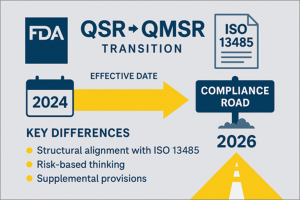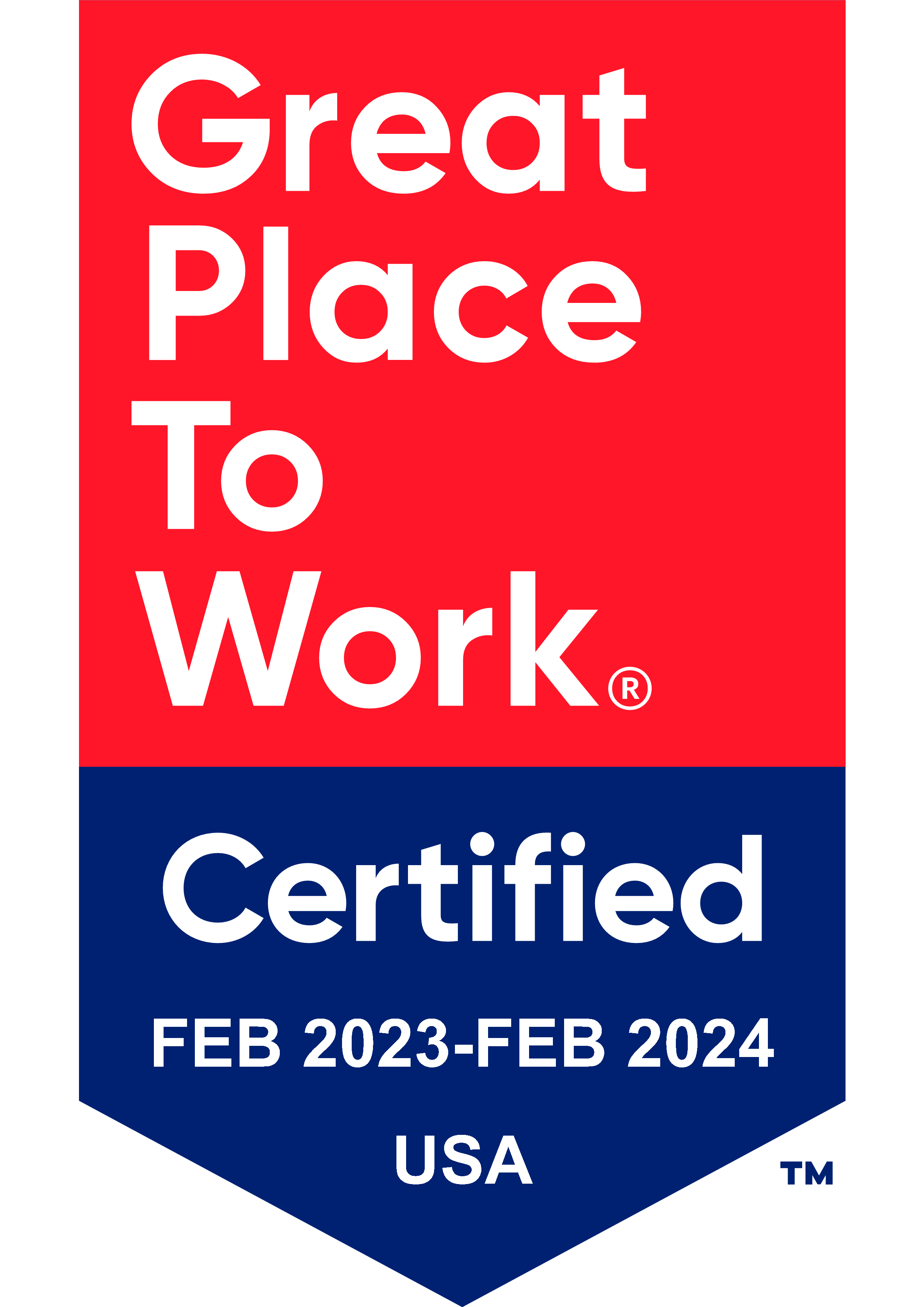
(5-Part Microlearning Video Series)
Audience: Medical device professionals, quality managers, and compliance teams
Watch time: 3 min
In this video
Pro tip: Start training ops and suppliers now—nobody ever complained that they were “too ready” for an FDA inspection.
Watch time: 3 min
In this video
| What Changed | Why It Matters |
|---|---|
| Structure swapped from subpart-heavy QSR to ISO 13485 clause order | Your QMS manual can finally look the same on both sides of the Atlantic |
| Risk-based thinking baked in | FDA expects risk management throughout the product life cycle, not bolted on at the end |
| Supplemental provisions (complaint handling, traceability, servicing) | These FDA-only add-ons keep “US market” nuances intact |
| Terminology update (e.g., “device master record” ≈ ISO’s “medical device file”) | Less glossary juggling for global teams |
| Documentation flexibility | If ISO 13485 lets you, do it digitally, FDA will too – just keep those records easily retrievable |
5-Step Action Checklist
Watch time: 2 min
In this video
What you need to know
Risk management is no longer just a design-phase requirement – under QMSR and ISO 13485, it must be integrated across the entire product life cycle. Learn what this shift means and how to stay compliant by 2026.
As FDA transitions from QSR to QMSR, risk management is no longer just a box to check during design; it must be embedded throughout the entire product life cycle.
This video breaks down what this shift means, how ISO 13485 and ISO 14971 factor in, and what steps manufacturers need to take to stay compliant by 2026.
Watch time: 2 min
In this video
Are you ready for the new records requirements in QMSR?
If you’re still thinking it’s just business as usual, think again. The updated regulation introduces new expectations around:
These changes aren’t just technical updates – they’re strategic. Marking records as confidential helps protect your proprietary info. Including UDI across documents improves traceability. And is it ready for the inspection? That’s non-negotiable.
Navigate QMSR with clarity, not confusion. Let’s get the inspection ready together.
Watch time: 2 min
In this video
How do process thinking and risk controls drive better quality systems?
In our latest video, we break down two core pillars of QMSR (Quality Management System Regulation) for medical devices: the process approach and risk-based controls.
You’ll learn how the PDCA cycle helps teams plan, execute, and improve processes, and how risk-based thinking ensures consistency, accuracy, and regulatory alignment.
Whether you’re in quality, regulatory, or operations, this is a quick, clear look at what makes a QMS truly effective.
Watch now to see how these concepts come together for stronger compliance and smarter systems.

US OfficeWashington DC
EU OfficeCork, Ireland



UNITED STATES
1055 Thomas Jefferson St. NW
Suite 304
Washington, DC 20007
Phone: 1.800.472.6477
EUROPE
4 Emmet House, Barrack Square
Ballincollig
Cork, Ireland
Phone: +353 21 212 8530